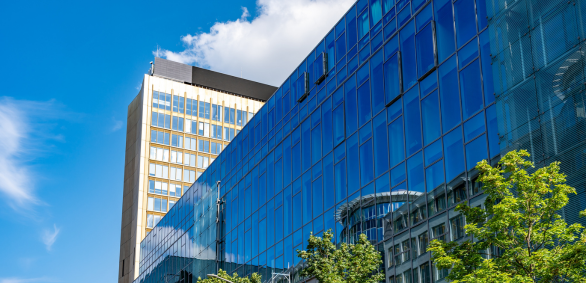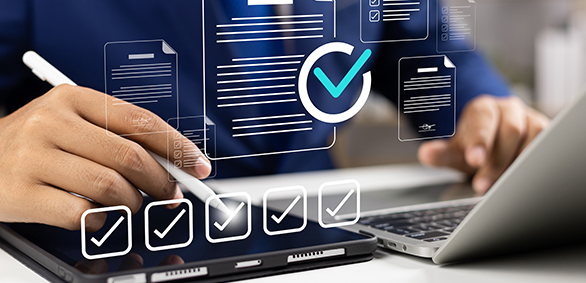Green Leasing: How to Incentivize Sustainable Real Estate Agreements

A green lease is a lease agreement with modified terms and clauses that align both parties’ financial incentives and sustainability goals. Here’s how to implement them.
How Occupancy Measuring Helps You Improve the Employee Experience

Occupancy monitoring is often seen as a key component of space optimization. But it can also help employers improve the occupant experience.
Expanding Your Store Network: Leveraging Data for Smarter Growth

In today’s competitive retail landscape, expanding your store network requires more than just intuition—it demands data-driven decision-making. Businesses looking to grow must analyze market opportunities at scale, ensuring each new location is strategically placed for maximum success. Why Bulk Analysis Matters When evaluating store expansion, retailers and restaurant owners often need to assess hundreds, if […]
Smart Spaces: Navigating the Future of Federal Office Utilization

Federal buildings operate at just 12% capacity, costing taxpayers $2 billion annually. Learn how data-driven strategies, smart technology, and sustainability initiatives can help optimize government office spaces, reduce costs, and improve efficiency.
The New Performance Metrics Shaping Corporate Real Estate Management

Explore the new human-centric performance metrics redefining corporate real estate management. Learn how workplace analytics helps CRE leaders optimize space and experience.
How to Use a Sustainability Materiality Matrix

A sustainability materiality matrix is a visual representation of a materiality assessment that shows business impact and the importance to stakeholders.
How to Conduct a Sustainability Materiality Assessment

A materiality assessment ranks sustainability risks and opportunities based on their potential impact to your organization and value to stakeholders.
Three Types of Hybrid Work Schedules with Pros and Cons

The three main types of hybrid work schedules (fully flexible, fixed-hybrid, and team-dependent) each come with pros and cons.